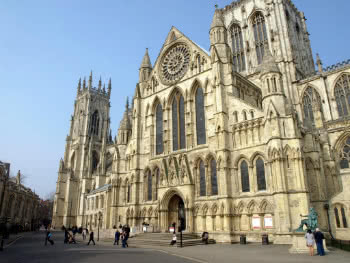THE Art in the Neolithic Period (Age of Polished Stone) is the art produced in the second period of prehistory that spans from 8000 BC. Ç. up to 5000 a. Ç..
 Almendres Cromlech, Évora, Portugal
Almendres Cromlech, Évora, Portugal
Note that the so-called "Stone Age" comprises the Paleolithic period and the neolithic period since stone was the most used raw material for the production of tools and objects. However, the paleolithic period it is called the Chipped Stone Age since the objects did not receive the treatment given by neolithic men.
Features
Neolithic art points to a greater specialization in relation to the previous period, the Paleolithic, not only by the new treatment given to the stone, that is, polishing and cutting edge techniques, but through the appearance of shapes geometric shapes. Furthermore, the figures represented in the Paleolithic were of a naturalist-realist character while in the Neolithic one notices a certain abstraction in artistic objects.
All of this is associated with the so-called “Neolithic Revolution” or “Agrarian Revolution”, achieved by the sedentarization of man and, consequently, by the development of agriculture that took place in the period.
In such a way, the Neolithic society presented considerable changes both in the geology of the planet, as in human behavior, since the men went from hunter-gatherers to farmers, thus cultivating their own food, and taming the animals, which served as foods.
It is important to note that this process occurred slowly, as nomadic Paleolithic men did not they completely stopped hunting and gathering food, however, more organized societies were created in the Neolithic.
Given this, there was an increase in population and some historians consider the creation of the first human societies. Faced with so many changes, art presented new techniques and now they were not only made in caves (rock art and parietal).
With the sedentarization of man, the first shelter constructions were created, like the houses, made of stone, bricks and wood. Thus, the Neolithic man is considered by historians as one of the first architects of humanity.
With regard to architectural constructions, it is worth mentioning the monumental construction of large stone blocks, the called “Megalithic Structures”, which were related to the cults of the dead and initiation rituals. The most important megalithic constructions are Stonehenge, in England, and the Cromlech dos Almendres, in Portugal.
In addition to the advances in architectural constructions, there is a greater refinement of artistic technique with the discovery of ceramics through the firing of clay and the development of weaving. The themes in the Neolithic were linked to daily life and the rationalization of man, the peasant, who no longer needed the observation and hunting and gathering technique of the Paleolithic.
Furthermore, we found figures representing dances, already suggesting the idea of movement, traits that were not detected in the previous period. In short, from the naturalistic and realistic figures of the Paleolithic, art was transformed into less realistic and even abstract drawings during the Neolithic.
Read more:
- Stonehenge
- Art in Prehistory
- Exercises on prehistory


